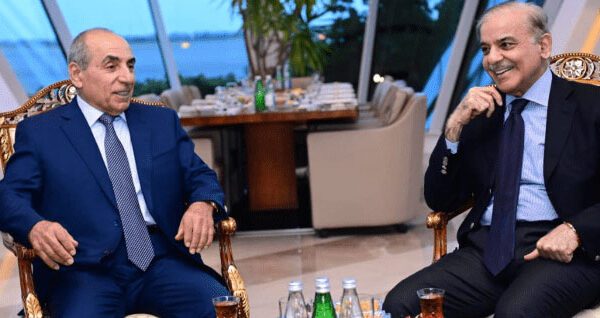The Pakistani rupee has demonstrated resilience in the face of economic challenges as the International Monetary Fund (IMF) approved a $3 billion loan agreement for Pakistan. This development has provided a much-needed boost to the country’s economy.
The local currency, the Pakistani rupee, has shown strength and gained stability following the IMF’s approval. This positive outcome is a testament to the efforts made by the Pakistani government to address economic issues and seek external support.
The IMF’s approval of the $3 billion loan agreement is expected to alleviate financial pressures and help stabilize the economy. It signifies international confidence in Pakistan’s economic reform program and its commitment to implementing necessary measures.
This loan agreement comes at a critical juncture for Pakistan, as the country faces challenges such as fiscal deficits, rising inflation, and eroded reserve buffers. The funds provided by the IMF will support immediate stabilization efforts and create space for social and development spending to benefit the people of Pakistan.
In addition to the IMF loan, Pakistan has also received deposits of $2 billion from Saudi Arabia and $1 billion from the United Arab Emirates (UAE), which have bolstered the country’s foreign exchange reserves. These contributions further enhance Pakistan’s ability to address its financial obligations and work towards economic stability.
The approval of the $3 billion loan agreement by the IMF marks a major step forward for Pakistan’s economic prospects. Prime Minister Shehbaz Sharif has expressed his optimism and views this development as a significant milestone in the government’s efforts to stabilize the economy and achieve macroeconomic stability.
The Pakistani rupee’s resilience in the wake of the IMF’s loan approval is a positive sign for the country’s economy. It reflects the potential for growth and stability as Pakistan continues to implement reforms and work towards financial sustainability.








